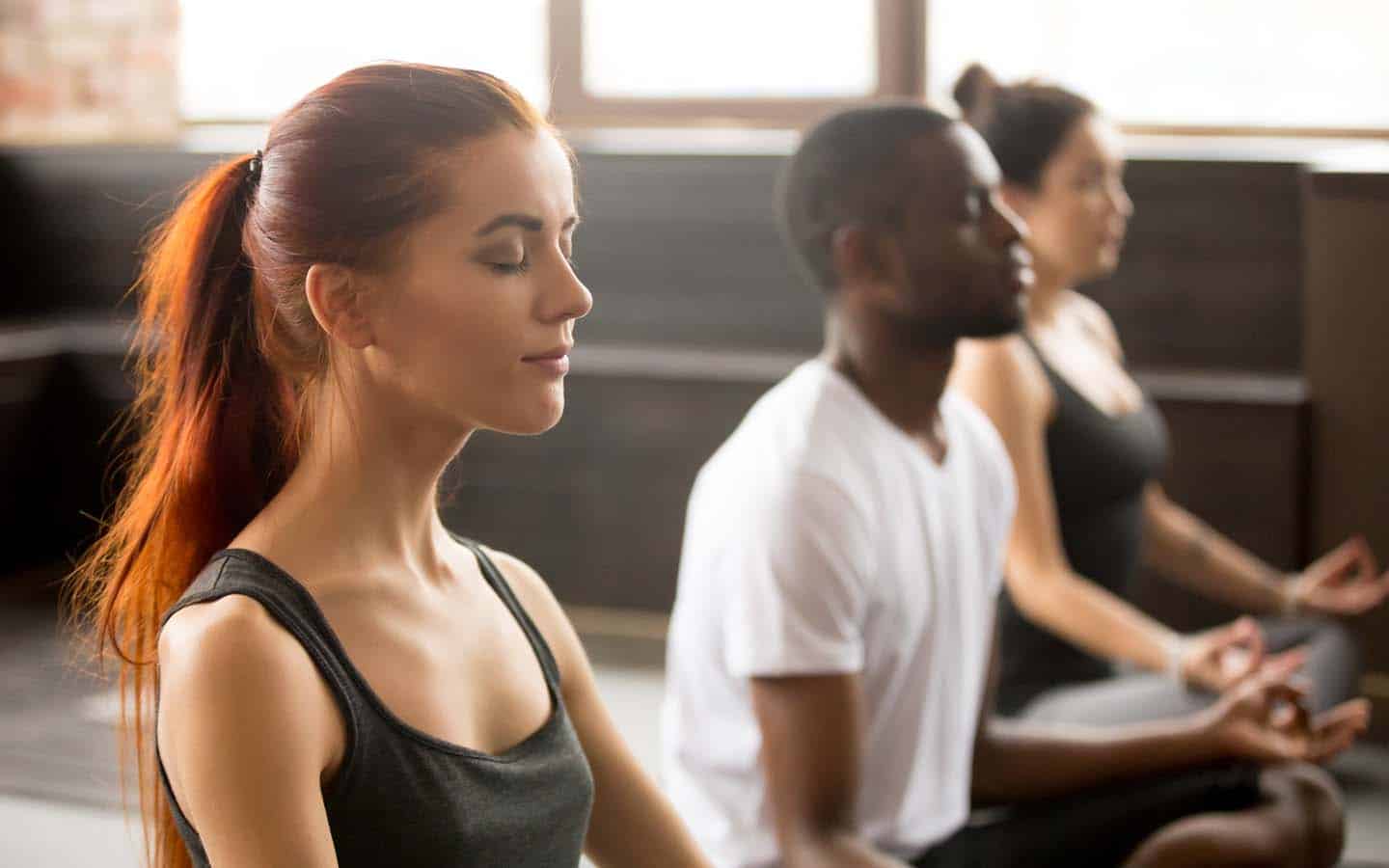
Health Benefits of Breathwork
Whether you would like to increase your overall core strength, decrease stress, manage chronic pain, or even improve cognitive or cardiac function, you might want to try adding some simple breathing techniques to your daily routine. Taking time simply to slow or control breathing rhythm not only has an immediate calming effect, but can also have lasting benefits.
Here are just a few breathwork techniques with some simple instructions to get you started.
- Breathing exercise programs have been proven effective in increasing lung capacity and decreasing chronic low back pain (1). Inhaling against light resistance was a commonly-used technique in controlled trials, which revealed that:
- An increase in core activation ability commonly accompanied decreased intensity of low back pain (2, 3). Deep breathing exercises involving exhaling against light resistance have also proven effective at increasing abdominal muscle thickness and improving core activation effectiveness (4).
- Simple breath awareness techniques on their own can also increase your mobility even more than yoga or pilates – specifically spinal mobility (5).
- Lastly, any techniques that deliberately slow breathing rate have an effect on the way your autonomic nervous system is able to regulate heart and lung function, helping override ‘fight or flight’ signal input that accompanies and perpetuates psychological and physiological stress (6).
These are just some of the many reasons breathing awareness and control are consistently incorporated into Centurion’s one-on-on PT, pilates and personal training sessions. Recently, these techniques have also been incorporated into our program for patients dealing with symptoms of Long Covid.
Give it a try:
Here are some simple breathing exercises to try on your own**. Some, once mastered, lend themselves well to coordinating with aerobic or resistance training; others take sufficient focus to perform by themselves.
- Pursed lip breathing: applies some resistance to inspiration and/or expiration, allows for increased oxygenation and increased control over airflow
- Diaphragmatic breathing with ribcage expansion: trains to maximize vital capacity, coordination of intercostal and deep abdominal muscles with diaphragm and accessory muscles of breathing
- Breathing techniques from yoga practice: Here is a good description of 5 basic techniques to try, in or outside of yoga class, with varying intensity and focus, all aimed at increasing self-awareness and control.
**Consult your physical therapist or doctor before practicing any of the above techniques if you have: uncontrolled high blood pressure or arrhythmia, recent thoracic or abdominal surgery, advanced pulmonary or cardiovascular disease.
By Joanna Binney

